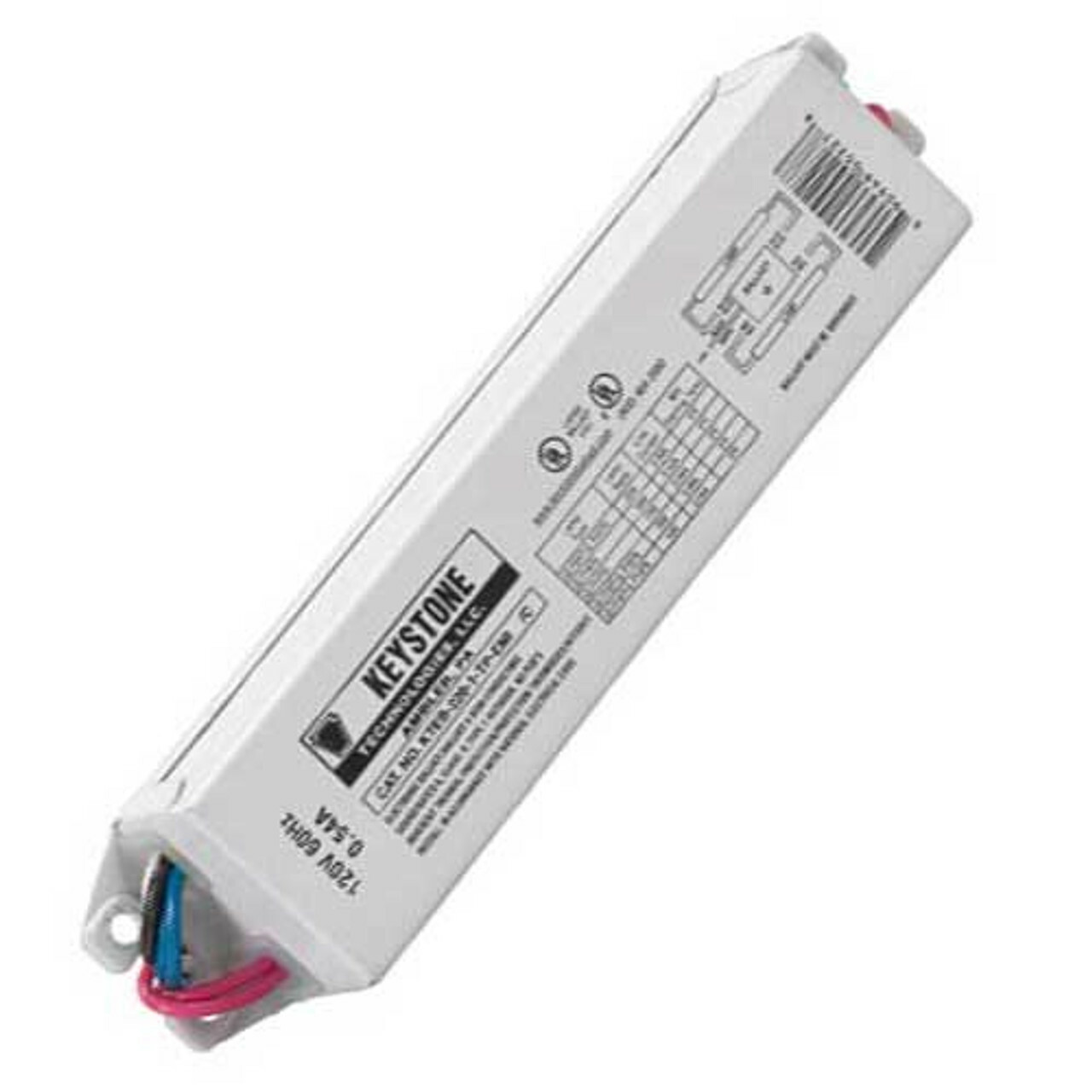Fluorescent Ballasts
Fluorescent Ballasts
A ballast is a necessary component of any fluorescent lighting system. The ballast is the component that regulates the electric current directed to the lamp, allowing it to be converted to light. Without a ballast to regulate the current, the lamp would be destroyed under the electrical energy input within seconds.
Some ballasts, particularly older ones, modulated current at a very low cycling rate; that is the source of the characteristic hum that's associated with many fluorescent lights. Modern ballasts typically do not function at such a low cycling rate, so the hum is less common with modern fluorescent lights. Modern ballasts also usually don't create the flickering effect when powering on that was common with older fluorescent lights.
Each ballast is rated for use with a certain lamp size and voltage. Some modern ballasts can function using a range of voltages, allowing greater flexibility for the user. It's important to be sure that the ballast and lamp you've selected are compatible.
Additionally, some ballasts will provide a constant source of heat to maintain a consistent temperature while the lamp is operating. This is helpful for extending the lamp's life cycle, as a consistent temperature is key to a fluorescent model's longevity.




